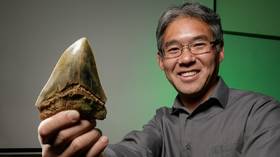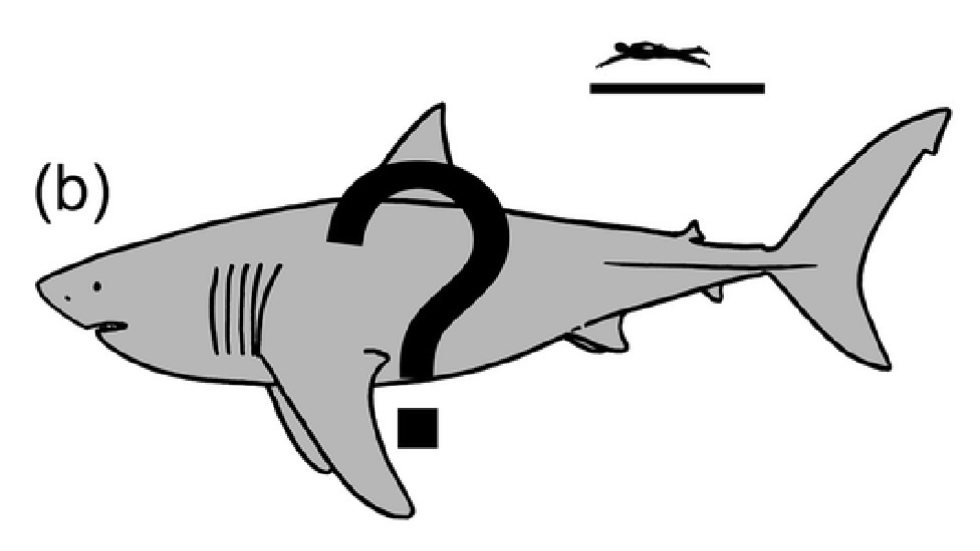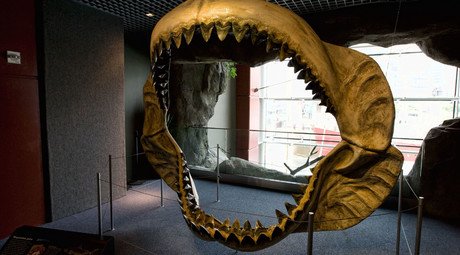Megalodon shark way beyond scientists’ imagination – study

The monstrous megalodon, believed to be the largest shark that ever existed, might’ve looked nothing like they’ve shown us in the 2018 blockbuster ‘The Meg’ or B-movies like ‘Mega Shark vs. Crocosaurus,’ a new study has revealed.
In fact, the paper by the American shark researchers, recently published in Historical Biology journal, insists that “all previously proposed body forms of Otodus megalodon should be regarded as speculation from the scientific standpoint.”
According to the most recent estimations, the megalodon or megatooth shark that ruled the seas between 15 and 3.6 million years ago reached some 15 meters (50 feet) in length and weighed up to 50 tons. While the model of the prehistoric predator is usually based on the modern Great White shark, a member of the Lamnidae family, which also includes partially warm-bodied mako, porbeagle and salmon sharks. All those assumptions stem solely from the discovery of megalodon’s huge 18-centimeter-long teeth and its massive jaws.

“This new study shows that there are currently no scientific means to support or refute the accuracy of any of the previously published body forms of O. megalodon,” lead author Phillip Sternes, a PhD candidate at the University of California, Riverside, said in a press-release.
The team came to the conclusion that the two-dimensional geometric shape analyses used by the scientists “does not necessarily decisively allow the body form reconstruction for O. megalodon,” the paper’s co-author Jake Wood pointed out.
However, he added that it was “still possible” that the extinct creature could’ve resembled the Great White shark.
Any meaningful discussions on how the megalodon really looked would require the discovery of at least one complete, or nearly complete, skeleton, which is yet to happen, according to Wood.
“The study may appear to be a step backward in science, but the continued mystery makes paleontology, the study of prehistoric life, a fascinating and exciting scientific field,” another of the paper’s co-authors, Professor Kenshu Shimada from DePaul University, said, while promising that his colleagues and him “will continue looking for more clues [on the megalodon] in the fossil record.”













